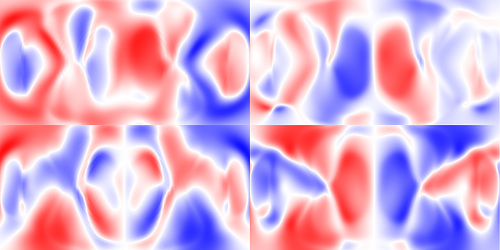Putting a Spin on Photoemission
Tungsten ditelluride is not your typical material. For instance, its electrical resistance continues to rise as the strength of an applied magnetic field increases—whereas, for most other materials that exhibit this effect, the resistance levels off. Lukasz Plucinski of the Forschungszentrum Jülich, Germany, and his colleagues have now detected another noteworthy feature of tungsten ditelluride: its photon-induced electron emission contains a previously unseen spin behavior [1]. The team suggests that the discovery could lead to a better understanding of the electronic properties of this material.
Plucinski and his colleagues directed polarized laser light at a crystal of tungsten ditelluride. This light caused electronic states at the material’s surface to release electrons through a process known as photoemission. The team then measured the spin configuration of these electrons.
The team found that the overall spin pattern of the ejected electrons contained asymmetries that were not present when the electrons were confined in the material. To determine the source of these asymmetries, Plucinski and his colleagues compared their results to theoretical models and first-principles calculations. This comparison suggests that the asymmetries come from interference of electrons emitted from different atomic sites. The researchers expect that similar effects will manifest in materials that have crystal structures close to that of tungsten ditelluride. Moreover, they say that such effects will need to be carefully considered when interpreting the spin configuration of electrons photoemitted from these materials.
–Ryan Wilkinson
Ryan Wilkinson is a Corresponding Editor for Physics Magazine based in Durham, UK.
References
- T. Heider et al., “Geometry-induced spin filtering in photoemission maps from WTe2 surface states,” Phys. Rev. Lett. 130, 146401 (2023).




